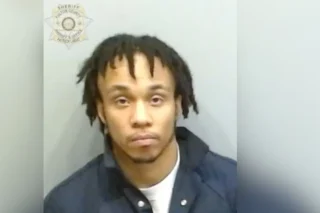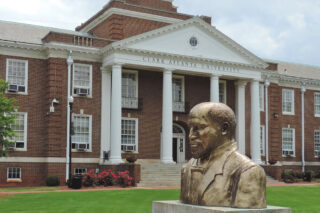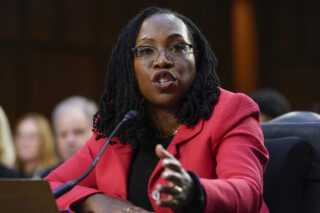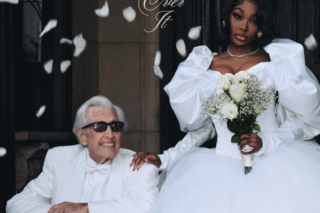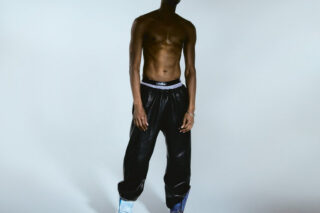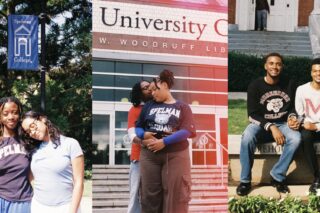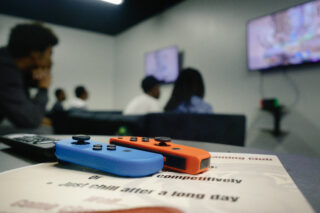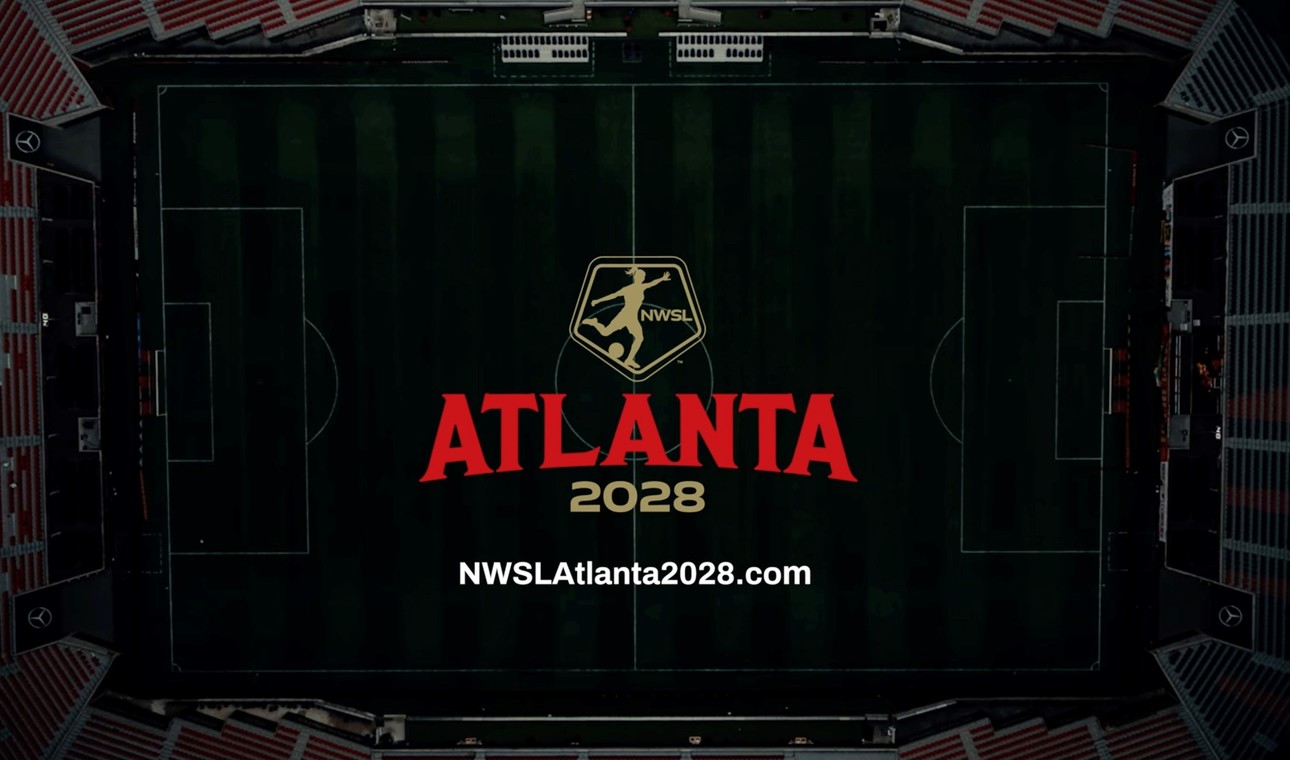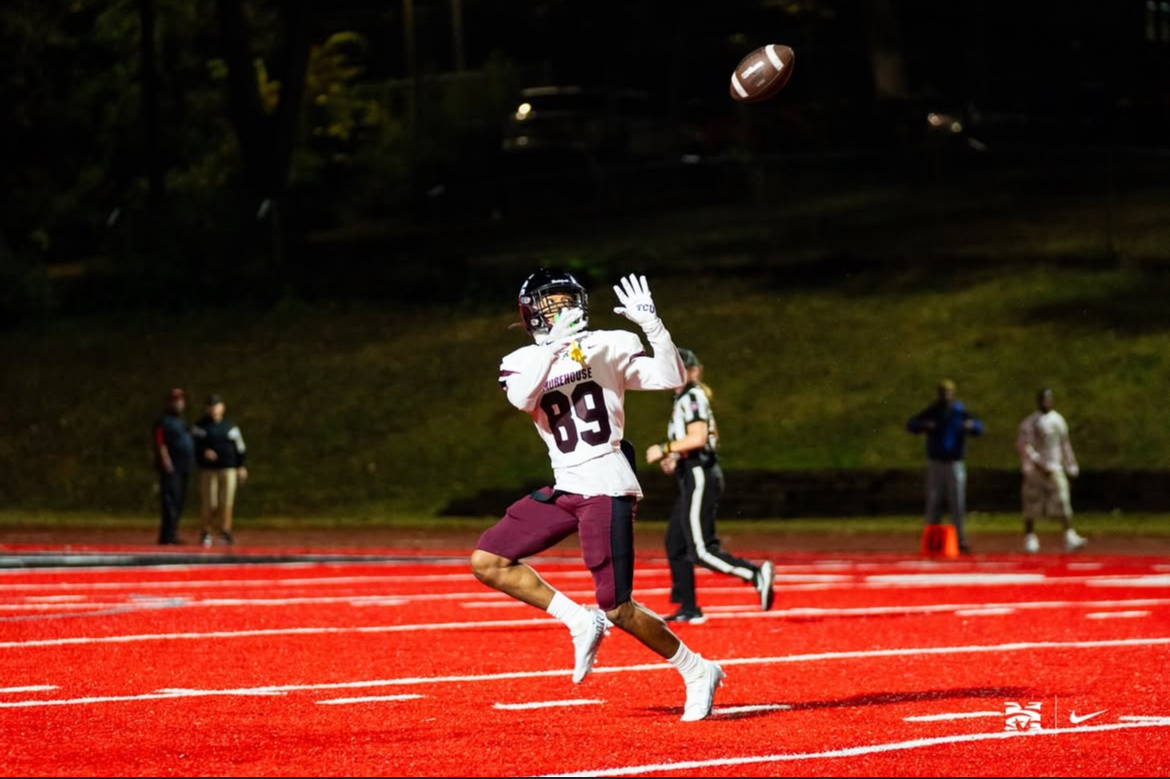By Shakim Muhafiz, Sports Editor
Can you imagine how nerve-wracking it would be to cover your first NBA All-Star Game? Now add a global pandemic to it, and you have the ultimate nerve-wracking experience. This is how I felt Sunday when driving through security to get to State Farm Arena to report on the controversial game and NBA challenges.
I had heard all of these stories from my journalism professors about All-Star Weekend. They said: “There is no relaxation during this break (from the regular schedule).” So what am I supposed to expect in this unprecedented time in which every NBA event was compressed into this one Sunday in early March?
When I parked at the arena, I couldn’t help but think about the negative and positive ramifications of the event. The negative side is the amount of COVID-19 cases that could potentially arise in Georgia. Keisha Lance Bottoms, the mayor of Atlanta, had urged people to not travel to the city.
“Under normal circumstances, we’d be grateful for the opportunity to host the NBA All-Star game, but this isn’t a typical year,” Bottoms tweeted. “I’ve shared my concerns w/ @NBA & @ATLHawks & agree this is a made-for-TV event only & people shouldn’t travel to Atlanta to party.”
Georgia currently has over 800,000 confirmed cases of COVID-19. The parties thrown in nightclubs could add to the number. But, the weekend event was not all bad.
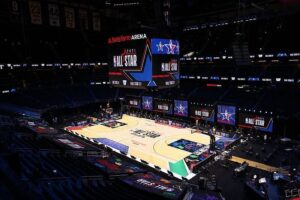
The positive side was the NBA donating all proceedings to COVID-19 relief and HBCUs. Team LeBron raised $1.25 million for the Thurgood Marshall Fund, while Team Durant raised $500,000 for the United Negro College Fund. Overall, the NBA raised $3 million.
During a morning Zoom press conference, NBAPA President Chris Paul and LeBron James spoke about the importance of incorporating HBCUs in the weekend.
“When we went to the [NBA] bubble, it was something that a lot of players talked about as far as support HBCUs,” Paul said. “You know, how could we champion them? Then the league brought the idea to us to support HBCUs.”
Like Paul, James saw the importance of HBCUs in today’s world.
“It’s always been important,” LeBron said, explaining that he has learned more and more about HBCUs throughout his professional career.
The 17-time All-Star added that money is not enough for the black institutions.
“You don’t want to force a lot of things,” he said. “You want to make sure it’s organic. You want to make sure it’s right, you want to make sure the timing is right [and] the platform is there, so we can highlight it more than just giving money. I think giving the support and giving the structure and giving the resources is just as valuable as the money.”

So as I walked up to the arena, everything from the game to Paul and James’ comments to not making any mistakes was on my mind. And, of course, I committed my first one.
Not fully realizing I had to complete a survey related to COVID-19, I now had to finish it before entering the building. During the process, I again thought about the pros and cons of the immense game.
After about 15 minutes, the security thanked me for my cooperation and allowed me to enter a professional world where I’m a novice. This is where my nerves set in because I didn’t know where I should go in the huge arena that normally seats roughly 21,000 people.
I walked up the steps trying to follow the signs to lead me to the right place. In this new world, I will admit that I am afraid to take off my two masks. My first move as a “professional” was stepping inside a mini cafeteria for staff workers and media.
There were about 10 tables with a maximum of three people at each. A line formed for people to get their food, and everyone was socially distancing with masks on. This is the new normal.
As I continued walking, I surprisingly received waves and “hellos” from the workers. It was a comforting sight for a first-timer like me.
I grabbed a turkey sandwich with a bottle of water, and I took a seat at a table with one person. I thought to myself, “I hoped everyone was healthy in the room.”
I finished my meal, and then I took a short walk to my seat, or at least I thought it was going to be quick. Every reporter was designated a seat in the green zone. So for the next 10 minutes, I searched for my assigned seat until I realized there was a list that shows seat assignments.
I finally arrived at my chair a couple of hours before game time. I looked to the left and saw nobody in my row. I then turn to my right and it was a sight that quickly reminded me of this pandemic.
There was a small section with white flowers and a picture of the late Sekou Smith, who had covered the NBA for Turner Sports and the Atlanta Journal-Constitution for the previous 16 years. On Jan. 26, the Jackson State graduate had died due to COVID-19 complications at only 48. It served as a reminder of the severity of this global crisis.
I then turn back to the task of covering the All-Star Game. My nerves set back in as I saw Indiana Pacers All-Star Domantas Sabonis on the court warming up for the skills competition. The excitement goes through my body as All-Star Weekend officially kicked off.
Professional journalists are taught to never show emotion and never be biased. I must admit, I defied this lesson watching Steph Curry win the 3-Point Contest by one shot and seeing him and Damian Lillard make half-court shots like a layup.
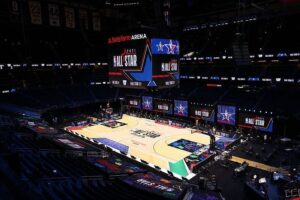
I was living in a moment that I have only dreamt about. But it wasn’t the environment I wanted to be in. As an amateur, it was difficult to go up to a veteran reporter and ask for advice or make conversation.
My fear was still COVID-19. Every time I turned my head to the right and saw the tribute to Sekou Smith, I thought about the future of my career and the sports industry.
Excitement and fear were all I felt.

